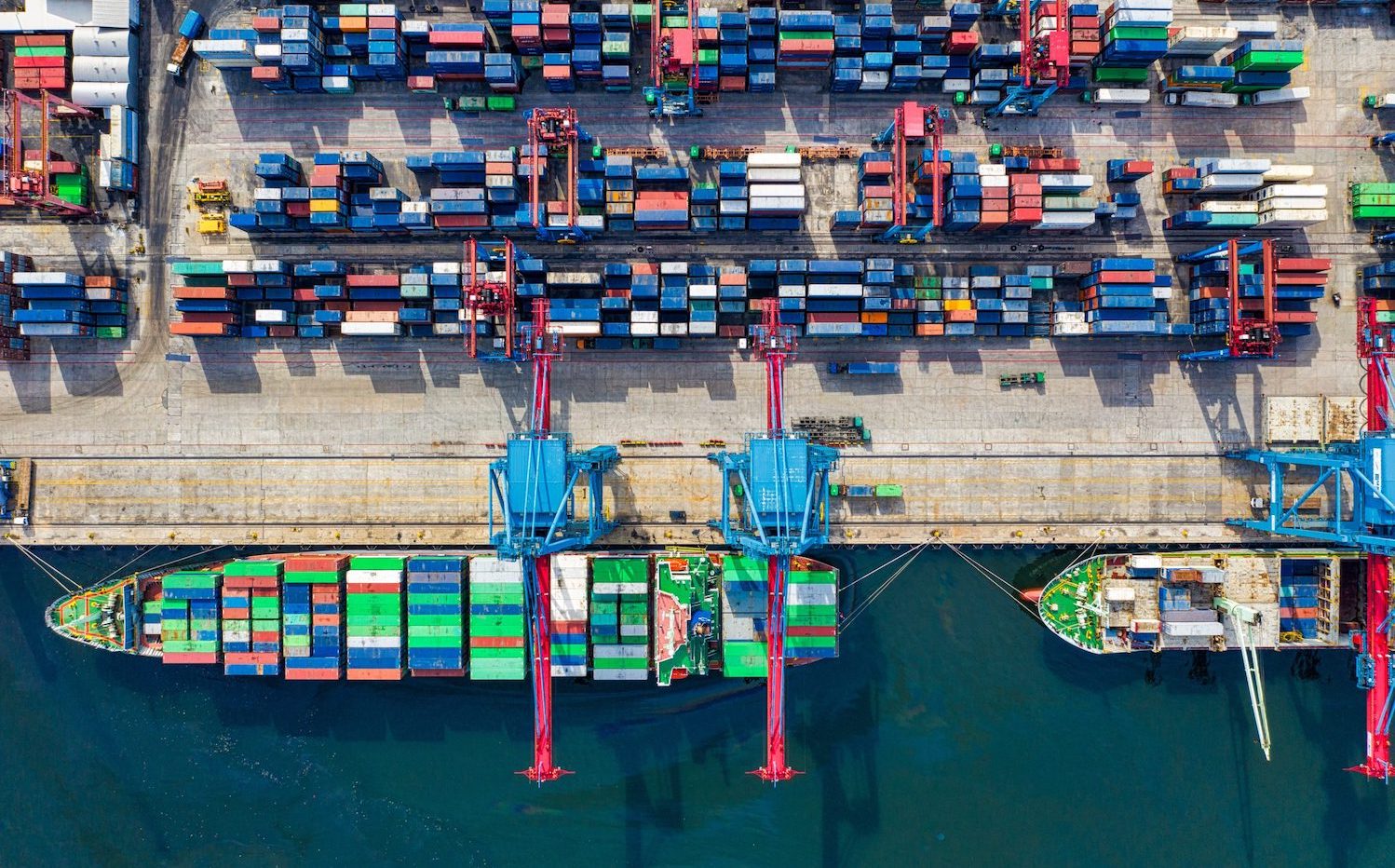The fashion industry is one that has always been marked by constant innovation and change, and as such, it has been a key driver of progress in the global economy. With the rise of e-commerce and the increasing demand for fast and efficient delivery, the logistics and transportation sector has had to evolve rapidly in order to keep pace with the changing needs of this dynamic industry.
Freight forwarding has emerged as a critical component of the fashion supply chain, providing essential services that help to ensure that goods are delivered on time and in good condition. Click here to know more about freight fashion.
The Growth Of The Freight Fashion Industry
A freight industry has been growing in recent decades on account of the number of consumers who are seeking sustainable and ethical options for their clothing purchases. This industry attempts to generate clothing that is more eco-friendly by being conscious of the impact that traditional fashion consumption has on the environment.
One of the primary influencers of this is consumers’ heightened awareness of the environmental and social impact of their fashion consumption. They’re increasingly cognizant of how their buying decisions impact the people involved in the production of their goods, so they are seeking out greener alternatives.
Another factor fueling the growth of the freight fashion industry is the growth of e-commerce and online shopping. Consumers are increasingly turning to online retailers to purchase their shoes, and this has opened the door for freight fashion brands to reach a wider customer base.
Challenges And Opportunities For Freight Fashion In The Future
Although the apparel business faces many challenges, it also has many opportunities over the next few years.
Challenges:
- Sustainability: As customers become more aware of the environmental impact of the fashion industry, there is growing pressure on businesses to adopt sustainable practices. Freight fashion must find ways to reduce its carbon footprint and become more sustainable.
- Cost: The cost of transportation has been an increasing concern for fashion production companies. With increasing fuel costs and costs of shipping, this may become an even greater burden in the future.
- Supply chain disruptions: Freight will likely be disrupted by political instability, inclement weather, and other circumstances for which contingency plans have not been made.
Opportunities:
- E-commerce: The expansion of online retail has given rise to new possibilities for freight clothing, as more companies are trying to provide timely delivery to their clientele.
- Technology: New technologies are allowing the rise of transport fashions other than railroad, including the use of autonomous vehicles and drones for last-mile deliveries.
- Emerging markets: As the middle class increases in developing countries like China and India, there is a growing demand for fashion merchandise. Fashion companies have the opportunity to tap into these markets and expand their customer base.
Sustainability Practices In Freight Fashion
- Alternative fuels: Freight fashion companies are reducing their carbon footprint by using alternative fuels, such as biodiesel, electric, and hybrid vehicles. These fuels emit fewer greenhouse-gas emissions and other noxious substances than traditional fossil fuels.
- Efficient transportation: Freight fashion companies are also looking for ways to make their transportation more efficient. This includes optimizing routes, reducing empty miles, and using intermodal transportation to reduce the number of trucks on the road.
- Packaging: The fashion industry is notorious for its excessive packaging, but many freight fashion companies are taking steps toward more eco-friendly packaging practices. This includes the use of recycled materials, minimizing the size of packaging, and using biodegradable materials.
- Sustainable sourcing: Companies in the freight industry are trying to source materials more sustainably. This includes using organic and recycled materials, reducing water consumption during production, and requiring suppliers to adhere to social and environmental standards.
- Reverse logistics: Finally, many transportation companies are starting to make adjustments to their old logistics practice to reduce waste. That includes taking back items at the end of their life period and implementing either a recycling or reconditioning process.
In summary, the fashion industry is continuously evolving, and with the implementation of innovative freight forwarding solutions, it is now possible to overcome traditional supply chain challenges. By employing technology such as blockchain, AI, and digital platforms, the industry can achieve end-to-end visibility, cost reduction, and increased efficiency. The future of fashion’s freight forwarding industry is bright, and it is set to become more competitive, efficient, and sustainable.

